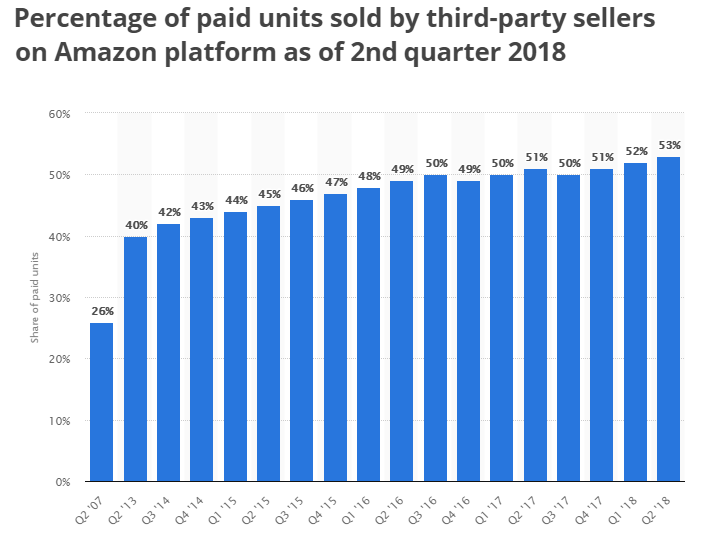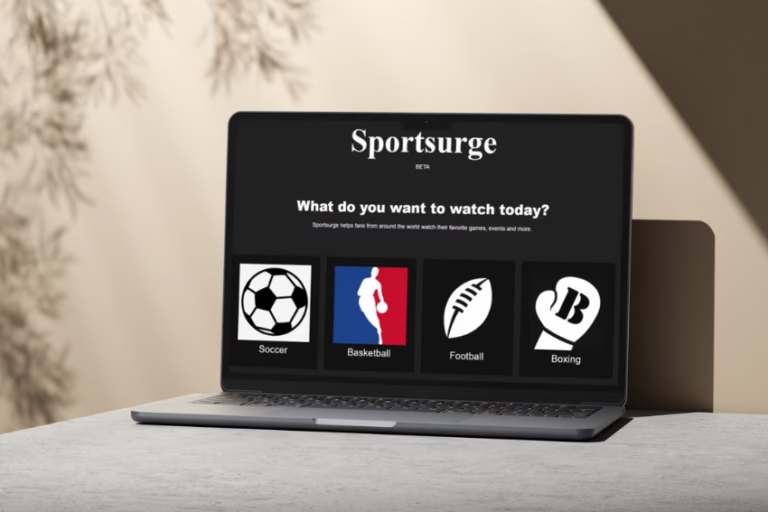Over a million third-party merchants sell products on Amazon, accounting for 53% of the site’s paid units as of the second quarter of 2018. Amazon’s annual holiday, Prime Day, sales surged 57% above the first one in 2017, making some of those sellers a lot of money.

Every one of those millions of products has a product listing page, and only a few of them are optimized. Properly researched and written product descriptions boost sales by making it more visible on Amazon’s search engine and by making the product more desirable, increasing seller sales and profits for years to come.
Research Keywords
The easy part is to come up with the obvious name for your client’s product: tea kettle, kitchen spatula or garden hose. If necessary, look at the listings of similar products.
Next, come up with a list of at least 50 related keywords. This should include:
- Common synonyms or alternative terms
- Materials (Copper/Glass)
- Sizes
- The product is for (Men/Women/Seniors/Children)
- What problems the product solves (Acne/Baking cupcakes)
You can use keyword tools. The best method to analyze Amazon customers is with the Amazon search box on the home page and auto fill. Start with the first word of the main keyword phrase, and see what choices the autofill gives you. Write down the relevant ones.
Go through the alphabet. Type in “tea,” then the letter “a,” and see what happens. Record the ones relevant to your product. Move on from b to z.
Do the same with any common synonyms or alternative terms. After you do that on the home page, go to the product’s main category and repeat. By using only the most relevant category, you should deeper, more relevant results.
Then go to the listings of the biggest sellers in your product’s main category. Read their titles, bullet points, descriptions and customer reviews. See the words the top merchants for competitive products use, and also the words the customers use.
Write Eye-Catchy Title
Use their standard format and follow Amazon’s guidelines:
<Brand name> <most obvious and common product name> <Significant details such as size, material, weight, model number>
Use numerals for numbers. Capitalize all first letters of important words, but not conjunctions (and, but) or short prepositions (for, in). Do not include price or sales language (best, sale).
Example: Acme Copper Tea Kettle 998XYZ 2 Quarts
Some products have very long titles. Amazon used to allow this but is now discouraging it, so stay within the general 50 character limit unless your product’s category allows a longer title (some do).
If you have room, add a short Unique Selling Proposition or benefit:
Acme Copper Tea Kettle XYZ 2 Quarts for Green Tea
Make sure the title contains the most commonly used, most obvious term for the name of the product. That is the one prospects will search for most.
Write Bullet Points
Every product gets five 200-character bullet points. They’re equivalent to the bullet points of a sales letter.
The first goal of these bullet points is to sell the product. Write enticing, benefit-driven bullets. Tell the customer how much money the product will save them or how good it will make them feel.
And, because you are writing about the benefits of your product, you will automatically use many of your important keywords. Use each keyword only once.
Use the competitive intelligence you gathered from reading the customer reviews of your competition. Emphasize the benefits customers like (Of course, your product must have the same benefit. Remain truthful.). Use their vocabulary.
Amazon has increased the character limit of these bullet points, but customers still prefer short, punchy sentences. Keep each one simple and factual. They don’t want hype. They don’t want long, lengthy paragraphs, and they won’t read them.
Example:
“Drink delicious and healthy Japanese green tea in just minutes.”
Put Remaining Keywords into Search Term Boxes
Every product listing gets five 50-character fields to include more keywords, so fill those fields up.
The customers don’t see them. Include as many relevant keywords as you can, but do not include ones you have already used in the title or bullet points.
Do not waste space with commas, duplications or variations. Amazon handles the stemming (kettles, boil & boiling).
Amazon sees all keywords just one word at a time, so don’t put them into phrases. Don’t include “for men and women.” If your product is for both, put in “men women.” You can include “for” and “and,” unless you used those words in the bullet points. Do not duplicate them.
Don’t include negative keywords. Unless you want to attract the most stingy customers, don’t use “free,” “sale,” “bargain” or other such terms.
Write Your Product Description
You have 2000 characters to craft a sales letter for your product.
Emphasize product benefits, not features. People don’t want hot water. They want to enjoy drinking tea. They want to share the experience with friends. They want to savor it to relax alone after a long, hard day. They want the health benefits.
Focus on how wonderful tea is, especially when making it is so fast, easy and convenient with your tea kettle.
You are allowed to use only two HTML tags: p and b.
And do use them. The p tags break your description into paragraphs. If you do not include the p tags, Amazon will jam all the sentences together into one long, gray lump nobody will read.
Use b to bold the most important phrases, the parts you want to pop so the prospect cannot miss them.
Assume Sales
When you take your Acme Copper Tea Kettle out of the box you’ll immediately sense the solid craftsmanship that went into making it. You’ll realize it’s a tea kettle your great-grandmother would have been proud to use to serve tea to her dinner party.
End with a reminder of your guarantee, so they understand you (your client, the merchant) are assuming all of the risks.
“Order the Acme Copper Tea Kettle now, and soon you’ll be enjoying the most delicious and relaxing green tea in the world.”
Follow these procedures, and your client’s product listings will be at 95% of their competition.













+ There are no comments
Add yours